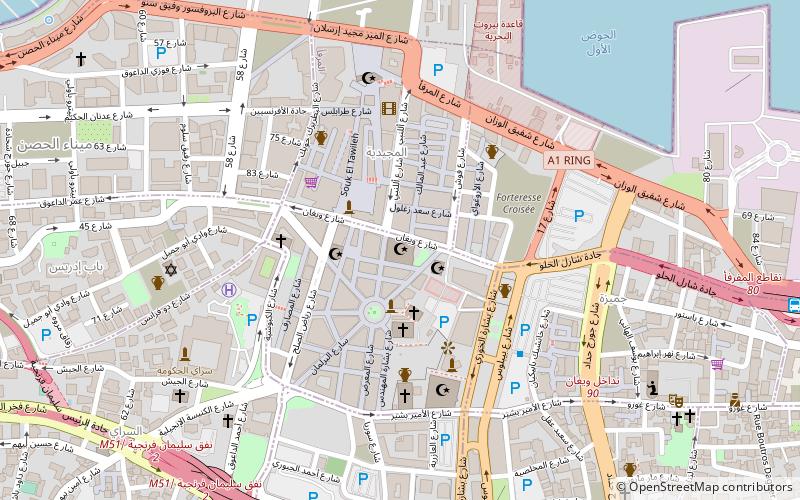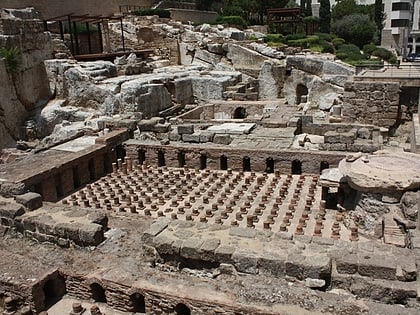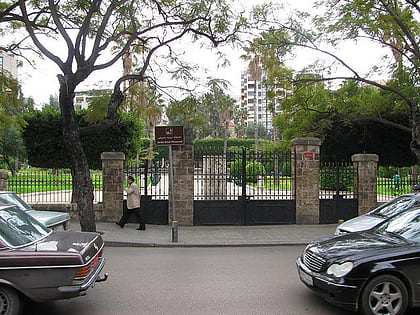Al-Omari Grand Mosque, Beirut


Facts and practical information
The Al-Omari Grand Mosque, a beacon of spiritual and historical significance, stands proudly in the heart of Beirut, Lebanon. This ancient structure, originally a Byzantine church dedicated to Saint John the Baptist, was transformed into a mosque by the Mamluks in the 13th century, reflecting the city's rich tapestry of cultural and religious transformations.
As a memorial to Beirut's layered past, the Al-Omari Grand Mosque is a testament to the city's resilience and its ability to adapt and evolve through the ages. The mosque's architecture is a unique blend of Byzantine and Mamluk styles, with its grand arches and intricate Islamic art, making it an essential visit for those interested in the history of religious architecture.
The mosque's strategic location in the bustling downtown area of Beirut makes it a central landmark for both locals and tourists. It is not only a place of worship but also a symbol of the city's diverse heritage. The Al-Omari Grand Mosque survived the Lebanese Civil War and has since been restored, further solidifying its status as a symbol of endurance and hope.
Visitors to the mosque can expect to be enveloped in a sense of tranquility amidst the urban chaos. The interior is adorned with beautiful calligraphy and the serene courtyard offers a space for reflection. The mosque is open to worshippers and respectful visitors alike, providing a rare glimpse into the spiritual heart of Beirut.
Maarad StBeirut
Al-Omari Grand Mosque – popular in the area (distance from the attraction)
Nearby attractions include: Beirut Souks, Saint George Greek Orthodox Cathedral, Mohammad Al-Amin Mosque, St. George Maronite Cathedral.
Frequently Asked Questions (FAQ)
Which popular attractions are close to Al-Omari Grand Mosque?
How to get to Al-Omari Grand Mosque by public transport?
Bus
- Charles Hélou Bus Station (13 min walk)
- Syria taxi (14 min walk)











